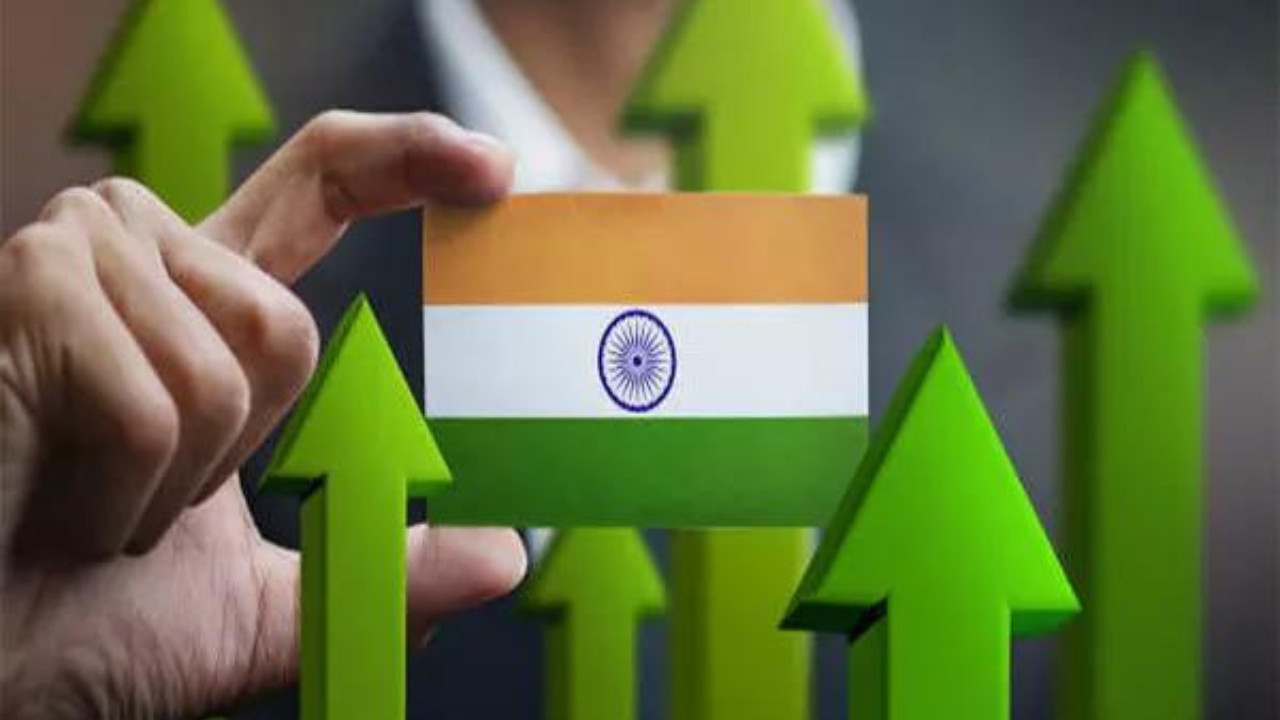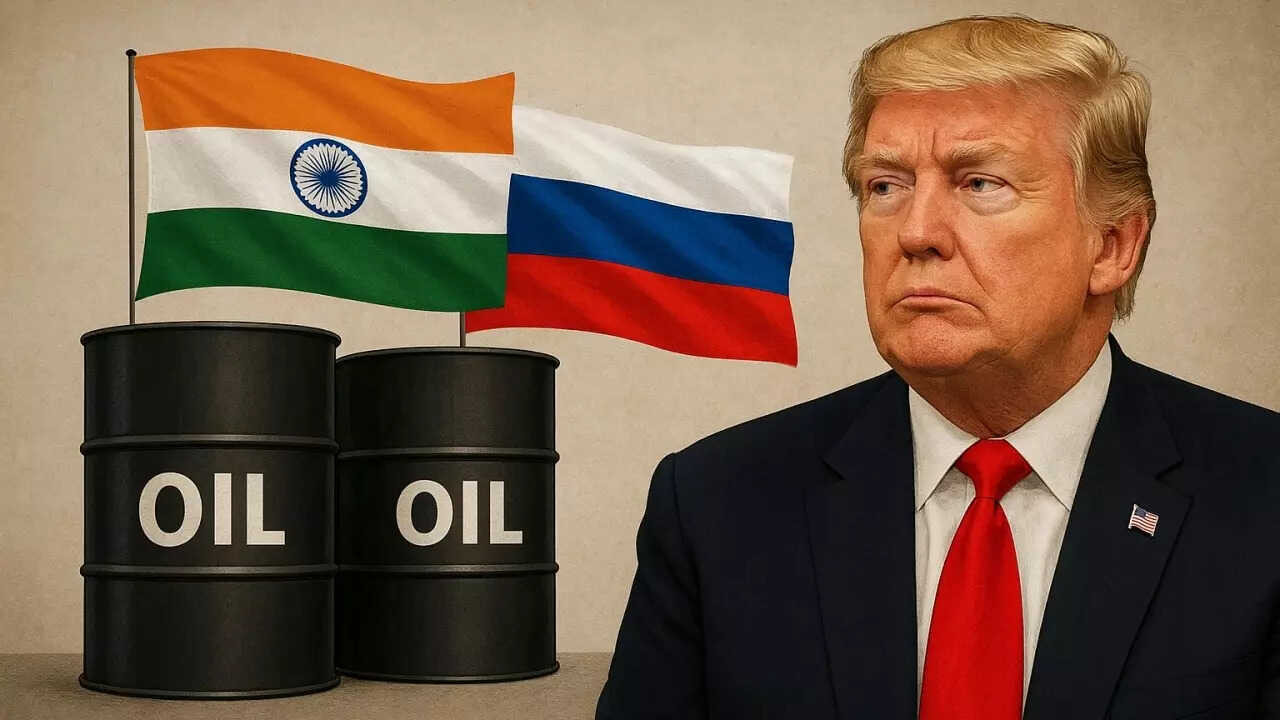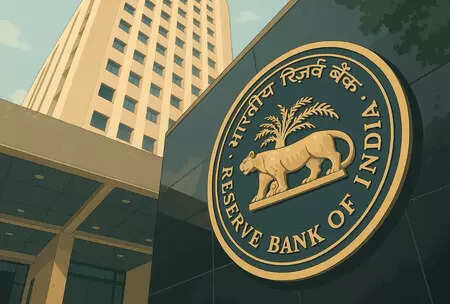JP Morgan reports India is a safe emerging market. Falling inflation and improved liquidity support growth. India’s GDP is projected to grow the most in 2025. Demand stimulus and rural economy rebound aid growth. JP Morgan has assigned an ‘Overweight’ rating to India. Improving macro factors make India a key market. Investors are showing rising confidence in India.
India: The Unlikely Beacon of Stability in a Turbulent World?
The global economic landscape feels a bit like navigating a stormy sea right now. Trade wars rumble, inflation bites, and anxieties about future growth are almost palpable. But amidst this uncertainty, a surprising narrative is emerging: India, often viewed as a developing economy, is increasingly being seen as a safe harbor, a place where growth isn’t just surviving, but potentially thriving.
J.P. Morgan’s recent projections certainly lend credence to this idea. Their analysts suggest that India is poised to become a leading engine of global growth in 2025, a forecast that has many economists and investors taking a closer look at the subcontinent. What’s driving this optimism? And can India truly live up to these expectations?
Decoding India’s Economic Resilience
Several factors seem to be converging to paint this optimistic picture. One crucial aspect is India’s strong domestic demand. Unlike economies heavily reliant on exports, India’s large and increasingly affluent population provides a significant buffer against global headwinds. This internal market, fueled by rising incomes and urbanization, creates a self-sustaining engine for growth. People are spending, businesses are investing, and this virtuous cycle is proving remarkably resilient.

Furthermore, India is strategically positioned to benefit from shifts in global supply chains. As companies seek to diversify their manufacturing bases and reduce dependence on single countries, India presents itself as a viable and attractive alternative. Government initiatives aimed at improving infrastructure, streamlining regulations, and attracting foreign investment are further sweetening the deal. The “Make in India” campaign, in particular, is gaining traction, encouraging both domestic and international companies to manufacture products within the country.
Navigating the Global Trade Storm: How India Benefits
The current global trade tensions, while disruptive for many economies, could ironically work in India’s favor. As countries engage in protectionist measures and re-evaluate their trade relationships, India has the opportunity to forge new partnerships and expand its export markets. Its diversified economy and relatively stable political environment make it an attractive partner for nations seeking reliable and predictable trade routes. This doesn’t mean India is immune to the global headwinds – a slowdown in key trading partners will inevitably have some impact – but its domestic strength provides a crucial shield.
Challenges and Opportunities Ahead for Economic Growth
Of course, the path to becoming a leading engine of global growth isn’t without its hurdles. India still faces significant challenges, including infrastructural bottlenecks, bureaucratic red tape, and income inequality. Continued reforms and investments in these areas are crucial to unlock its full potential.
Another factor to consider is the need for greater financial inclusion. While India has made significant strides in bringing more people into the formal banking system, a large segment of the population still remains unbanked or underbanked. Expanding access to financial services, particularly in rural areas, would further fuel domestic demand and economic activity. Perhaps exploring Fintech solutions for rural economies can help.
The country must also continue its efforts to improve its education system and workforce skills. Equipping its citizens with the skills needed to compete in the 21st-century economy is essential for sustained and inclusive growth. This requires investment in vocational training, higher education, and lifelong learning opportunities. The National Education Policy 2020 aims to address some of these critical gaps.
Can India Deliver on Its Promise?
The optimism surrounding India’s economic prospects is certainly warranted, but it’s important to maintain a balanced perspective. While the country possesses immense potential, realizing that potential requires sustained effort, strategic policy-making, and a continued commitment to reform. The J.P. Morgan forecast serves as both a validation of India’s progress and a challenge to its leaders.
India’s journey towards becoming a global growth leader is far from over, but the signs are undeniably encouraging. By leveraging its domestic strengths, capitalizing on global opportunities, and addressing its remaining challenges, India has the potential to not only weather the current economic storm but emerge as a beacon of stability and growth in a turbulent world. It’s a story worth watching closely.
(Internal link to a blog post about the “Make in India” initiative: [Link to relevant article]).
Ultimately, whether India fulfills its promise of leading growth in 2025 hinges on its ability to navigate these complexities. However, the current trajectory suggests that India is not just a passive observer in the global economy but an increasingly influential player, poised to shape the future of global growth.







